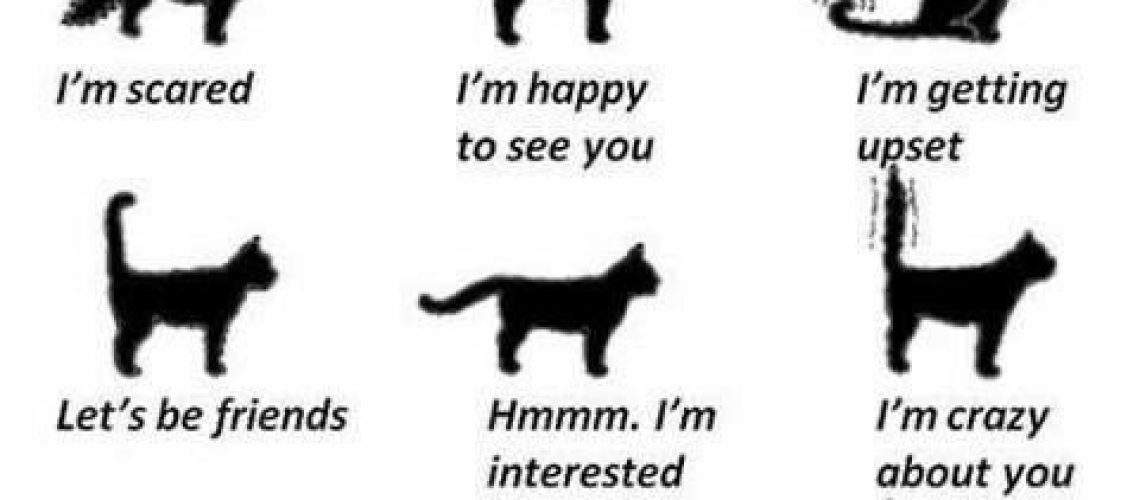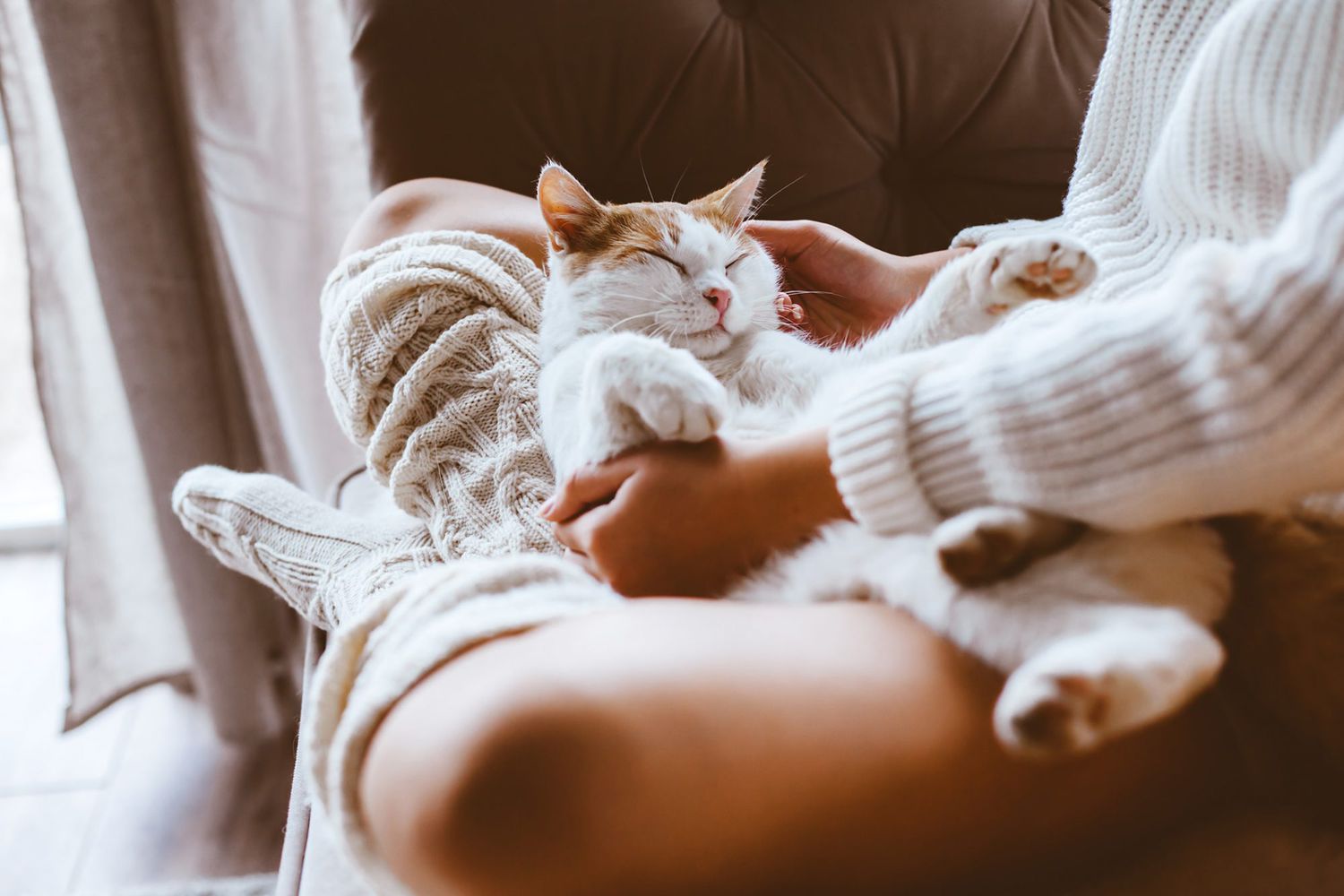Have you ever wondered what your cat is trying to tell you when it flicks its ears or flattens them against its head? It turns out, those little furry antennas are more than just cute accessories – they're actually a vital part of feline communication. Understanding how cats use their ears to talk can not only deepen your bond with your furry friend but also help you better meet their needs and ensure their well-being. In fact, studies have shown that cats who feel understood and listened to are happier and healthier overall. So, if you're ready to unlock the secrets of ear talk and become fluent in feline communication, keep reading! You'll be amazed at the hidden messages your cat has been sending you all along.
Key Takeaways:
- Cats use their ears to communicate a wide range of emotions and intentions.
- Ear positions can indicate whether a cat is feeling relaxed, alert, or agitated.
- Forward-facing ears generally show that a cat is attentive and interested in their surroundings.
- Flattened or backward-facing ears often signal fear, aggression, or discomfort.
- Paying attention to a cat's ear language can help humans better understand and respond to their needs and emotions.
How Cats Use Their Ears to Communicate
The Remarkable Ability of Cats to Communicate Through Their Ears
Cats are fascinating creatures with a unique way of communicating. One of the ways they communicate is through their ears. Cats have an incredible ability to move and position their ears in different ways, which allows them to convey various messages to other cats and even humans. By observing a cat's ear movements, we can gain valuable insights into what they are feeling or trying to communicate.
The Role of Ear Movements in Cat Communication
A cat's ears are highly expressive and play a crucial role in their communication repertoire. They can rotate their ears independently, allowing them to focus on specific sounds or objects. When a cat is relaxed and content, its ears will be in a neutral position, facing forward. However, when they feel threatened or agitated, their ears may flatten against their head as a defensive gesture. By paying attention to these subtle movements, we can better understand our feline friends' emotions and respond accordingly.
Understanding a Cat's Ear Positions and Movements
Neutral Position: Ears Forward
When a cat's ears are in a neutral position with the tips pointing forward, it indicates that they are calm and relaxed. This is the default position for cats when they feel comfortable in their environment. It shows that they are open to interaction and not on guard.
Signs:
- Ears facing forward
- Relaxed facial expression
- Tail held upright or gently swaying
Flattened Ears: Fear or Aggression
If a cat's ears are flattened against its head, it is usually an indication of fear or aggression. When threatened or feeling defensive, cats instinctively flatten their ears to protect them from potential harm. It is crucial to approach a cat with flattened ears cautiously and give them space until they feel safe again.
Signs:
- Ears pressed tightly against the head
- Dilated pupils
- Hissing or growling
Decoding a Cat's Emotions through Their Ears
Curious or Alert: Ears Pointed Forward
When a cat is curious or alert, its ears will be pointed forward, indicating that it is paying attention to something in its environment. This position shows their interest and readiness to explore or interact with their surroundings.
Signs:
- Ears tilted slightly forward
- Eyes wide open
- Body posture leaning forward
Annoyed or Agitated: Ears Slightly Backward
If a cat's ears are slightly pulled back, it suggests annoyance or agitation. This ear position may occur when a cat is being bothered by something or someone, and it serves as a warning sign that they are not in the mood for interaction.
Signs:
- Ears angled backward
- Tail twitching
- Restless body movements
The Importance of Understanding a Cat's Ear Language
Understanding a cat's ear language is essential for building a strong bond with our feline companions. By recognizing their emotions through ear positions and movements, we can respond appropriately and provide them with the care they need. Misinterpreting their signals may lead to misunderstandings and potential conflicts.
Cats rely on non-verbal communication more than vocalizations, so being attuned to their ear language allows us to better understand their needs and ensure their well-being. It also helps us create an environment where they feel safe and secure, enhancing the overall quality of their lives.

Sounds and Behaviors Associated with Different Cat Ear Positions
Different ear positions in cats are often accompanied by specific sounds and behaviors that further reinforce their emotions or intentions. By combining the observations of ear language with these additional cues, we can gain a more comprehensive understanding of what our feline friends are trying to communicate.
Relaxed: Purring and Kneading
When a cat's ears are forward, indicating relaxation, they may also exhibit behaviors such as purring and kneading. Purring is a sign of contentment, while kneading is a behavior reminiscent of nursing from their mother. These actions indicate that the cat feels safe and comfortable in its environment.
Signs:
- Ears facing forward
- Soft purring sound
- Kneading with front paws
Fearful or Aggressive: Hissing and Growling
When a cat's ears are flattened against its head, it often accompanies aggressive or fearful behaviors such as hissing and growling. These vocalizations serve as warning signs to potential threats or perceived dangers. It is important to give the cat space and avoid any sudden movements when they display these ear positions.
Signs:
- Ears pressed tightly against the head
- Hissing or growling sounds
- Defensive body posture
Enhancing Interaction with Cats Using Ear Talk Knowledge
By understanding a cat's ear language, we can enhance our interactions with them, promoting trust, and strengthening our bond. By respecting their signals and responding appropriately, we create an environment where they feel understood and safe.
When approaching a cat with forward-facing ears, we can engage in gentle petting or playtime to reinforce positive associations. On the other hand, if a cat's ears are flattened or pulled back, it is best to give them space and avoid any sudden movements that may escalate their fear or aggression.
By being attentive to a cat's ear language, we can tailor our interactions to their emotional state, ensuring that they feel comfortable and respected. This leads to a happier and more fulfilling relationship between humans and their feline companions.
Tips for Interpreting a Cat's Ear Language for their Well-being and Happiness
Understanding a cat's ear language goes beyond mere curiosity; it contributes significantly to their overall well-being and happiness. Here are some tips for interpreting a cat's ear positions and movements:
1. Observe the position of the ears: Pay attention to whether the ears are forward, flattened, or slightly pulled back. These positions provide valuable insights into the cat's emotional state.
2. Consider accompanying behaviors: Take note of other behaviors that accompany specific ear positions, such as vocalizations or body postures. These additional cues help in accurately decoding the cat's intentions.
3. Respect their signals: Always respect a cat's communication signals by adjusting your own behavior accordingly. Avoid approaching them too quickly or forcefully when they display defensive ear positions.
4. Provide a safe environment: Create an environment where your cat feels safe and secure by minimizing potential stressors, such as loud noises or unfamiliar people or animals.
5. Consult with professionals if needed: If you have concerns about your cat's behavior or are unsure about interpreting their ear language, consult with a veterinarian or animal behaviorist who can provide expert guidance.
By following these tips, you can better understand your cat's needs and emotions, leading to a harmonious and fulfilling relationship based on trust and mutual understanding.
In conclusion, cats use their ears to communicate various emotions and messages. By paying attention to the position and movement of their ears, we can better understand what our feline friends are trying to tell us.
How do cats communicate with their ears?
When a cat is happy, its ears will be upright and slightly forward, and it may also move them towards sounds in its surroundings. However, if a cat's ears are rigid and flattened to the sides, it could indicate that it is feeling anxious or scared. If the cat's ears are pushed back, it may be a sign of aggression.
Why do my cats ears move when I talk to him?
Cat ears are capable of expressing emotions and intentions, enhancing the communication between cat owners and their pets.
What do cats ears do when they hear something?
Cats possess mobile outer ears, with a total of 32 muscles, enabling them to rotate their ears completely in a 180-degree angle. This unique anatomy not only allows cats to express themselves through ear movements but also helps them direct their ears towards distant and faint sounds for better auditory perception. This ability is useful for cats to hear sounds more clearly.
What do cats do with their ears when happy?
When a cat is happy, relaxed, or playful, its ears will be pointed upwards and slightly forward.
What do cats ears tell you?
If a cat's ears are in a natural position, it indicates that the cat is calm and relaxed. However, if the cat's ears are pinned back, it suggests that the cat is scared. When a cat's ears are facing forward and close together, it signifies that the cat is curious or interested in something. Lastly, if a cat twists its ears so that the opening is to the side, it indicates that the cat is angry.
Do cats like being touched on the ears?
Cats have different preferences when it comes to their ears, with some enjoying scratching, rubbing, or gentle twisting. Some cats even like having a knuckle rubbed against the outside of their ears. If your cat seems to have excessively itchy ears, it's a good idea to have a veterinarian examine them as it could be a sign of mites or allergies.

















